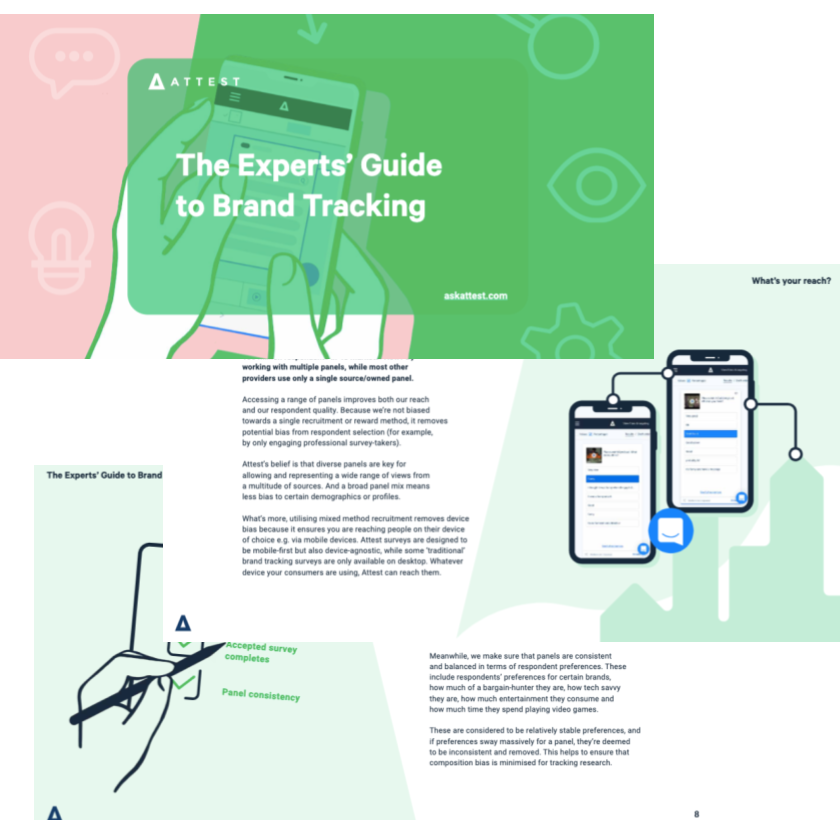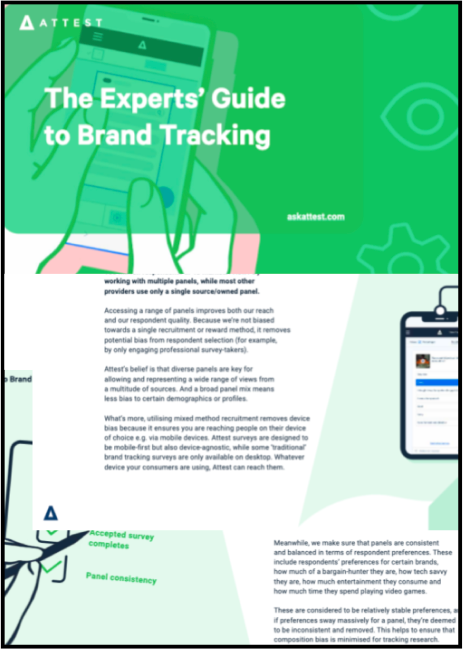Free text questions: let your customers tell you their Secrets

Do you want to know precisely what your consumers think of your brand, campaign or products? Of course you do. The words, phrases and sentiments consumers associate with your brand are like gold dust. When you have this information, you can speak back to them in their own voice and ensure your NPD and marketing campaigns resonate. By asking consumers what they think – and allowing them to tell you their thoughts – you avoid putting words in their mouth and open up a whole wealth of possibilities; consumers tell you what they want, so you can provide it, without your biases getting in the way. You can use free text questions to source unique, unfiltered insights from your consumers.
In this article we’ll outline what free text questions are, when you should use them, and how you can form proper insights from the results.
What are free text questions?
If you believe that consumer research is all about listening to your customers in order to create a profitable relationship with them, free text questions should be high on your list of priorities. Using these questions in consumer research projects allows respondents to type in answers in their own words, in response to an open ended question.
This is important because quantitative data in isolation can fall short of capturing the whole experience of your consumer. Respondents can rate how likely they are to recommend your brand to a friend out of 10, but the number alone is often not enough. Why do they feel that way about your brand? What could you do to improve that score? Free text questions allow you to finally discover answers to all those ‘how’ and ‘why’ questions that have been bothering you.
This produces qualitative (non-numerical) data and is sometimes analysed into categorical data (meaning divided into themes) for easy analysis.
When should I use free text questions?
When you decide to use a free text question, bear in mind the outcome you want to achieve. Think about what you’re looking to improve or uncover within the free text data when analysing. With that goal in mind, the most meaningful insights or interesting text will jump out at you more easily.
One way to use free text questions is to track the unprompted awareness of your brand amongst target consumers. Tracking unprompted awareness will let you know how many people might unconsciously look for your brand on shop shelves, or type your brand name into Google when they are shopping online, because it’s front of mind. For example, you can simply ask: “When thinking about makeup what brands come to mind?”. The results of this question will allow you to see whether consumers are aware of your brand without being pointed towards it.
Another interesting way to use free text questions is to find out more about consumers’ activity in your industry. You can directly ask what stops people from purchasing a certain product or switching to a new brand. Here’s an example:
This points you directly towards what you should improve in your product to make sure it is easy to use, straight from the mouths of the people who matter most to your brand.
How do I analyse my results?
Analysing large quantities of data can be daunting, even more so when it’s in text form. But don’t worry – there are lots of ways that you can make sense of free text data, regardless of your experience with analysis.
Some brands use free text options to get a read from a small sample size of people, canvassing ideas for what to include in follow-up quantitative questions to a larger sample, for instance.
When working with a large data-set, though, the best way is to ‘code’ your answers, establishing themes and then tallying them up based on those themes to find commonalities in the responses. Attest makes this easy..
Once your survey is closed and all of the responses are collected, click on the free text question you want to analyse. A search bar will appear where you can search for any words or phrases you wish. Every response which matches that keyword will appear in the drop-down box, telling you how many people answered that way. This means that you don’t need to manually search through the answers, making coding them an easy job.
You can also copy and paste data from a question into Excel or Google Sheets. This includes all answers from a set question, or just the responses that contain a keyword or a brand name that you are looking for. You needn’t be scared of free text data, the free text search bar and data export mean that you can spring into action more quickly!
How does Attest do free text differently?
We are constantly thinking of new ways to ensure that your data is top-notch. In fact, there are three levels of quality checks on free text data to ensure that each response is meaningful. We’re all human, after all, so our intelligent search bar allows for spelling mistakes; if a respondent has made a mistake when typing, the search function still knows to group their response with those that mean a similar thing. And we’re working on some machine learning initiatives which will make this process even slicker.
Attest also allows you to choose the length of free text answers and the number of answers you want your respondents to give.
For example, if you ask your audience what brands come to mind when they think about makeup, you can request up to 5 different answer fields – so you know you’re getting the data needed Bear in mind that the amount of answer fields you ask for impacts the length of the answers you’ll get; if you request a short answer you can ask for up to 5 answer fields, medium-length answers are capped at 4 answer fields, and so on. A flexible character limit ensures that the data you collect is concise and easy to analyse.
It couldn’t be easier to start collecting qualitative data. Simply sign up and start creating a survey, and select the ‘free text’ question type!
Tell us what you think of this article by leaving a comment on LinkedIn.
Or share it on:


